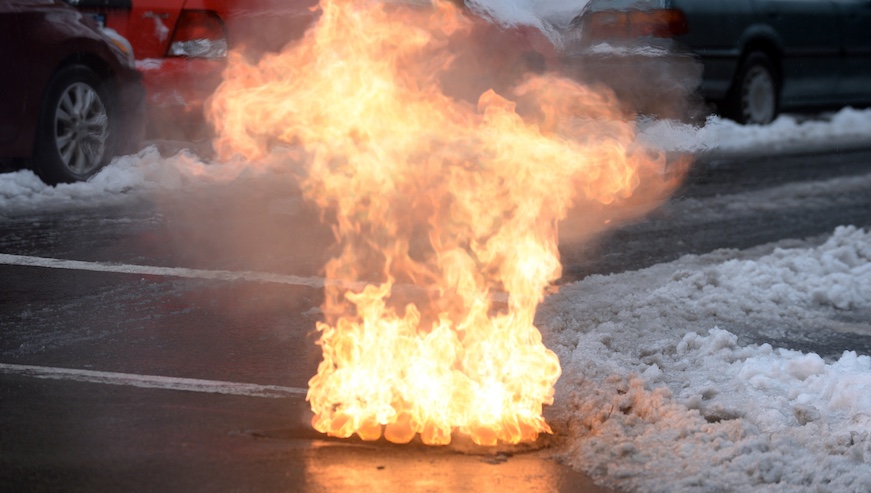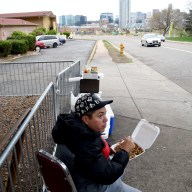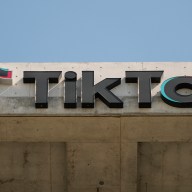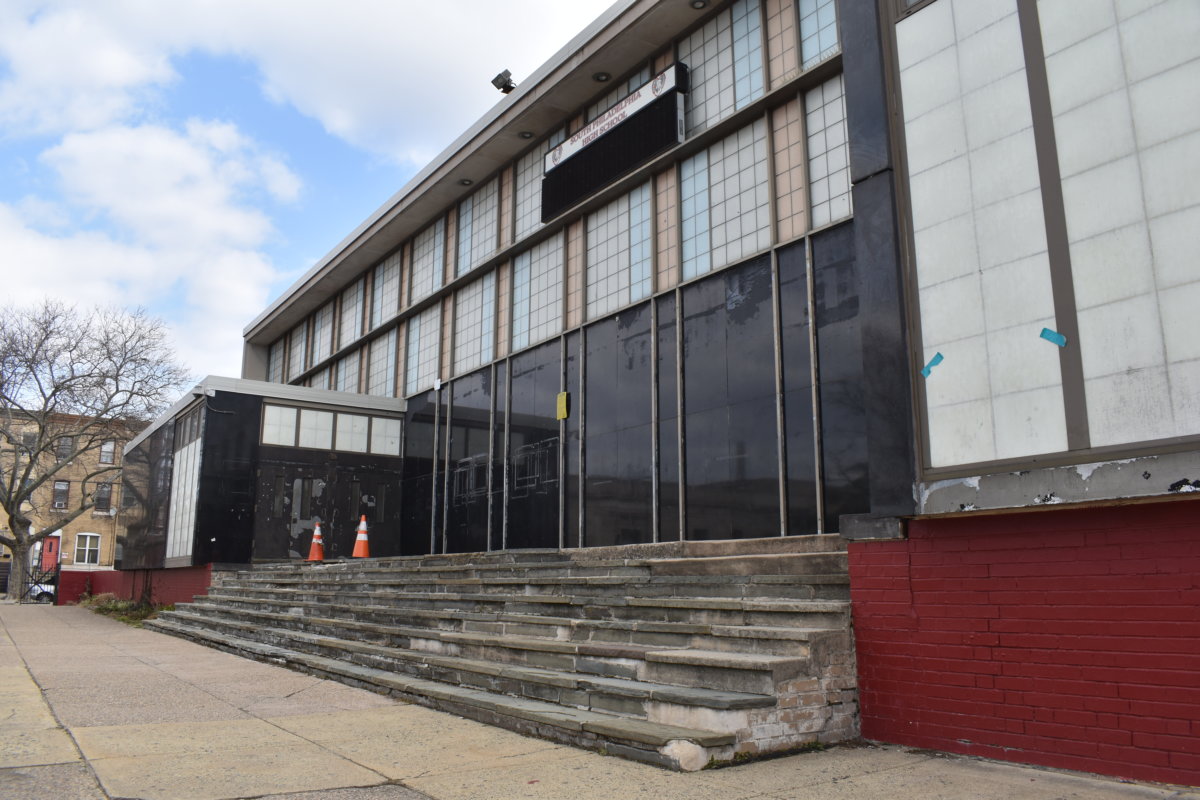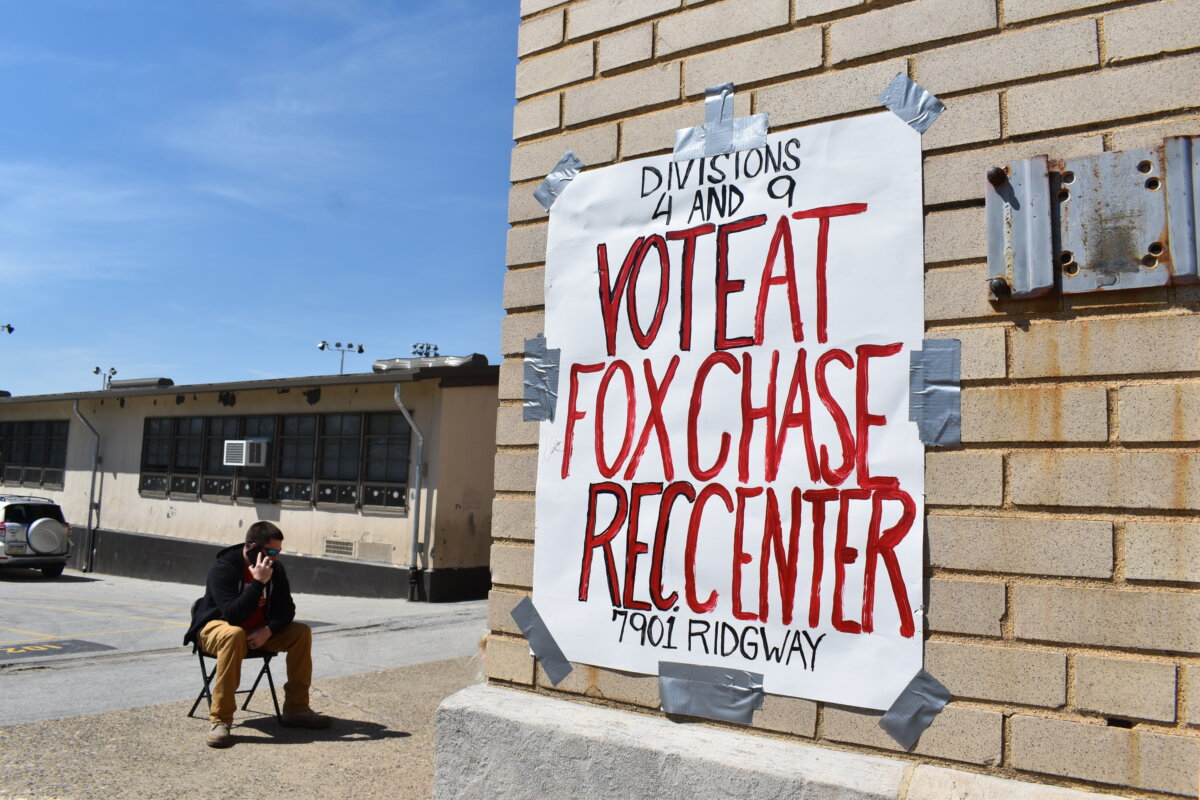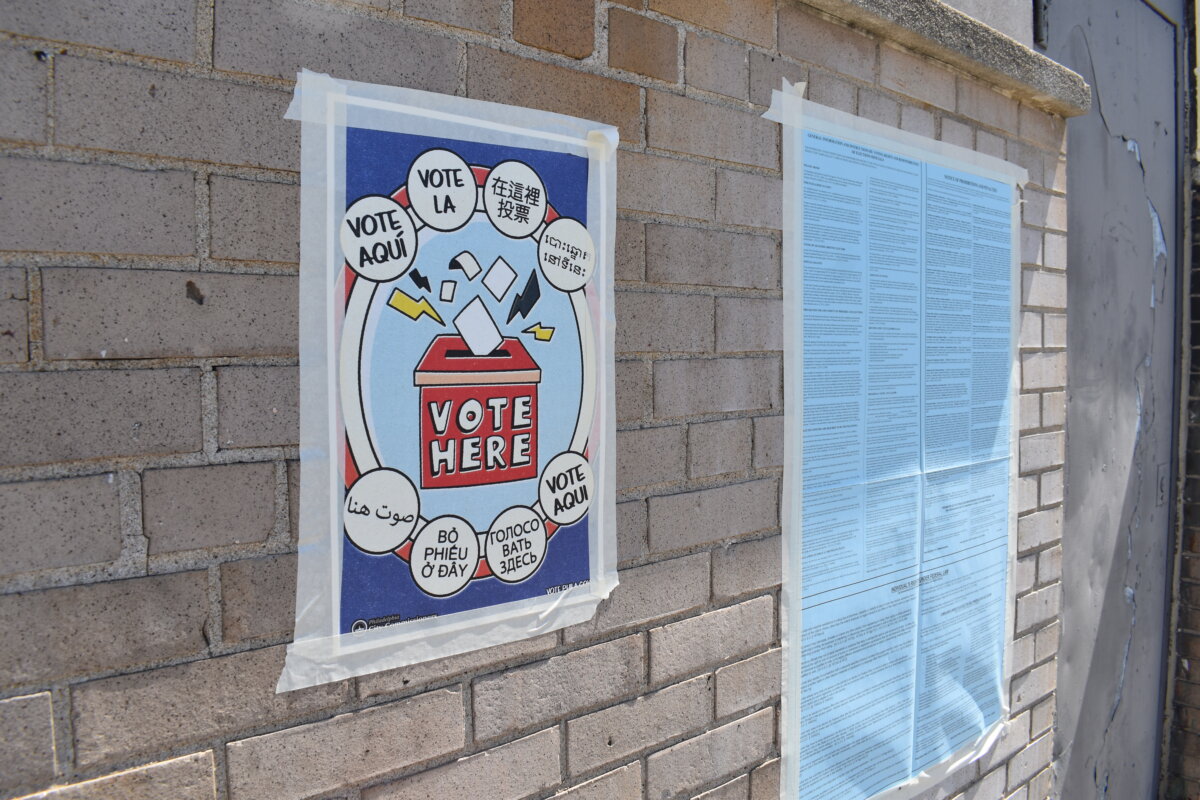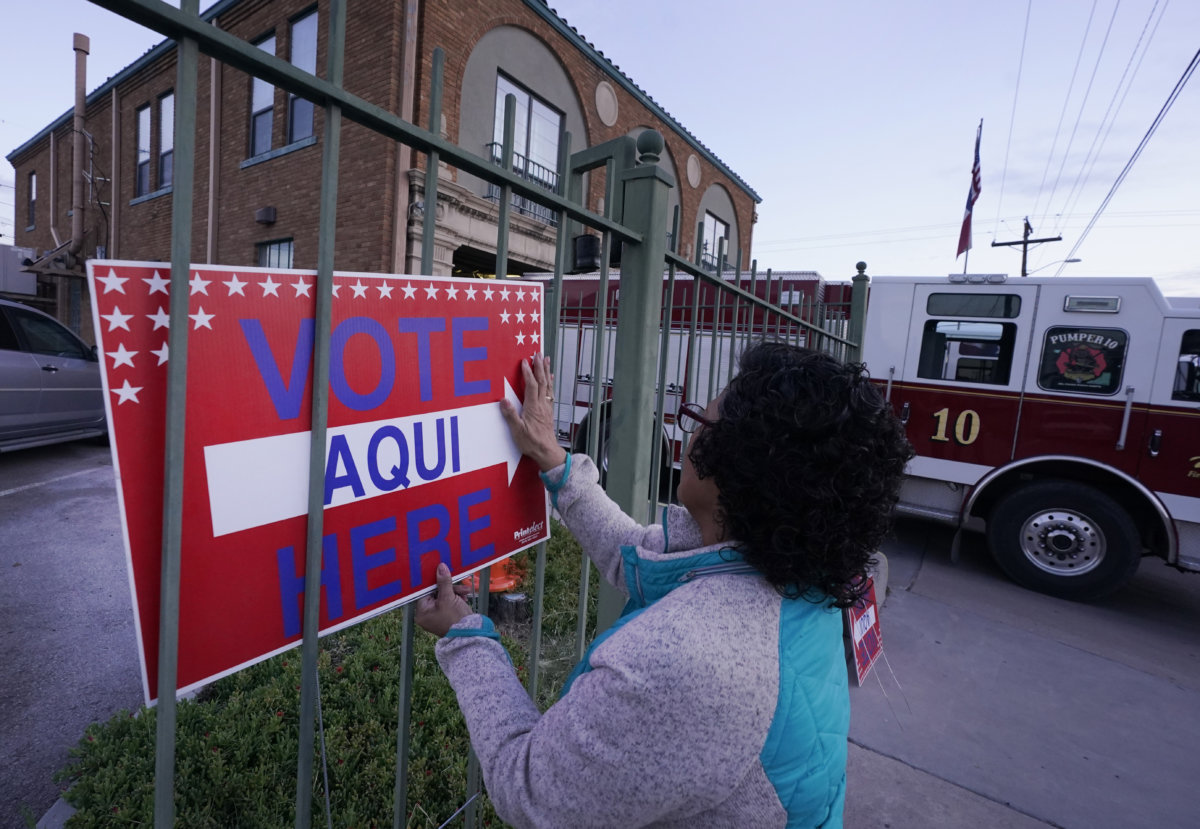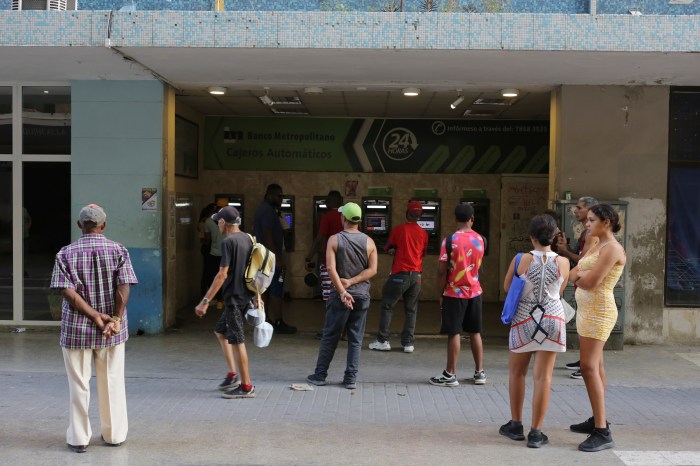Two separate manhole explosions rattled the Upper East Side of Manhattan on Monday in similar incidents.
While scary to bystanders, it’s a regular longstanding occurrence across the city. In all likelihood, there were at least three other incidents involving manholes that day, based on figures supplied by Con Edison. There were 1,908 manhole incidents across the city in 2016, down from a staggering 3,781 the prior year, according to the utility company.
So, why so many?
There’s a labyrinthine maze of electric cables snaking underground throughout the city, with manholes being the entry point to them. While they allow work crews access to the grid, it also allows the elements to wreak havoc.
The problem is worst during winter months, when nearly 60 percent of manhole incidents occur, thanks to the mixture of melting snow and de-icing salt seeping into manholes, causing frayed low-voltage cables to fail. In turn, that causes fires, smoke and explosions that can send manhole covers flying.
But just because it’s warming up outside doesn’t mean New Yorkers are in the clear. Incidents still occur at a high rate during the summer, when immense heat can fry the wires as well.
“The cause of manhole events is always a failure of equipment on the underground electric delivery system — often a burnt-out cable,” said Allan Drury, a spokesman for Con Edison.
New York City suffers more of these failures because the city has the country’s largest underground electrical system, which consists of 98,000 miles of cable and 264,000 manholes and service boxes.
The age of the electric system can also be a factor. While cables have an expected lifespan of about 40 years, in Manhattan, 5 percent of low-voltage distribution cables were installed before 1930. In fact, it’s the oldest electrical system in the nation.
“These incidents are yet another example of New York City’s outdated infrastructure. It’s well-known that saltwater and exposed electrical wires are a dangerous combination,” New York’s Public Advocate Letitia James told Reuters. “If we want a safer city, we must do more to address this issue.”
Remarkably, bystanders are not often injured by the bone-chilling blasts.
“It’s rare for a member of the public to be injured by one of these events,” said Drury. “But we invest in upgrades to our systems and in technologies to minimize occurrences.”
Those upgrades included spending more than $1 billion in 2014 to replace 1,600 miles of underground electric cable. Con Ed has also implemented infrared testing to identify hotspots in need of repair, latched manhole covers, vented covers, and sensors to detect heat and gases.
Still, some legislatures are calling for more to be done. New York City Councilman Donovan Richards, who’s previously called for Con Ed to modernize its infrastructure, has reintroduced a bill that would provide more transparency into these incidents, requiring the FDNY to submit yearly reports on manhole incidents.
“What’s needed for the sake of the bill moving somewhere is for these incidents to occur, which has been happening early this year,” said Jordan Gibbons, the councilman’s director of legislation and communications.
Maniacal manholes, at a glance
Five-Year Average of Incidents:
Explosions (results in injury to persons or property): 29
Fire: 140
Open covers (manhole dislodges, but no injury reported): 37
Smoking manholes: 2,241
Recent blasts
April 2: A 100-pound manhole cover went soaring into the air Monday on East 75th Street and Second Avenue. Moments later, another manhole across the street erupted. The FDNY said road salt, which was present due to a recent snowfall, was likely to blame for the blast.
March 22: An underground transformer blew, causing a manhole to explode on Nassau Street near Broadway in the Financial District. Officials also attributed that incident to melting snow mixed with salt.
February 27: Some Lower East Side residents were jerked awake around 5:40 a.m. when four manhole covers were blown off in the area of First and Second streets.
January 15: Several cars, including a brand new Mercedes SUV with just 100 miles on the odometer, were reportedly damaged due to a series of manhole explosions in Crown Heights, Brooklyn. No injuries were reported.

